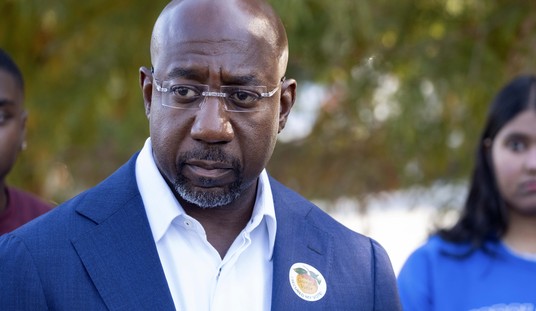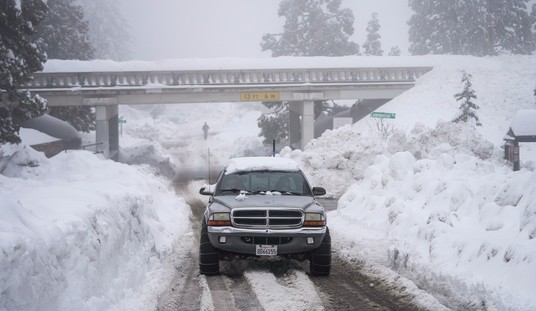For context in understanding the oil spill, and to help answer the question “How could it possibly be this bad?”, I recommend a book by Nassim Nicholas Taleb, The Black Swan: The Impact of the Highly Improbable.
The BP spill is a textbook example of what Taleb calls a Black Swan Event.
- The event is a surprise (to the observer).
- The event has a major impact.
- After the fact, the event is rationalized by hindsight, as if it had been expected.
In the book, Taleb makes the point that in the modern age, we have adopted the “normal distribution” as statistical tool to describe our world, mostly out of mathematical convenience and as an aid in our continued illusion of sanity. (For those of you who bailed on the second week of Stats 201, I’ll keep it simple.)

In this simplified world, a range of events are characterized by their “mean”, or average value, and by the “standard deviation” from that mean. (In the diagram, the Greek letter mu is the mean, and sigma stands for one standard deviation.)
In this model, 68% of events to be experienced fall within 1 standard deviation of the mean (dark blue), 95% within 2 (medium plus dark), and 99.5% within 3.
According to Taleb, the real world does not follow this statistical conceit, even if it makes the math easy. The real world is governed more by Murphy’s Law (“If anything can go wrong, it will.”), and by Hale’s Corollary to Murphy’s Law (“There is no limit to how bad things can get.”). Those outlying points — 5, 6 or 7 standard deviations from the mean — occur a lot more frequently than this model implies, and those events tend to have tremendous impact.
Rolling boxcars — double sixes — with a fair pair of dice is roughly a “two sigma” event; it happens one throw in 36, or about 2.8% of the time.
Rolling six boxcars in a row, then, is a highly improbable event (about once every 2 billion tries) — unless you’re playing with loaded dice, or unless the outcome of each roll is not totally independent of the other rolls.
Back to BP: they appear to have made a series of operational choices on the Macondo well that involved some acknowledged element of risk. They ran a “long string” instead of a liner; they didn’t get all the gas out of their mud returns; they didn’t centralize the pipe per Halliburton’s recommendation, etc., etc.
The details of the engineering aren’t important. They were probably correct in thinking that they could “probably get away with” each step, and that the likelihood of catastrophic failure of all the systems was very, very remote.
But they fooled themselves, because they weren’t playing a game of dice, they were playing dominoes. Gas in the mud led to a failure in the cement which cascaded into a failure of the pipe which cascaded into an inoperable blowout preventer and a lower marine riser package that didn’t work as designed.
That chain of events put a combustible gas bubble at the surface, which caused the explosion and fire.
And the cost of guessing wrong in this particular game was eleven lives, a $650 million state-of-the-art drilling rig, and an economic and environmental calamity for Louisiana and the other Gulf states.
None of this absolves BP of culpability in the disaster. According to BP’s partner in the well, Anadarko Petroleum,
“The mounting evidence clearly demonstrates that this tragedy was preventable and the direct result of BP’s reckless decisions and actions. Frankly, we are shocked by the publicly available information that has been disclosed in recent investigations and during this week’s testimony that, among other things, indicates BP operated unsafely and failed to monitor and react to several critical warning signs during the drilling of the Macondo well. BP’s behavior and actions likely represent gross negligence or willful misconduct and thus affect the obligations of the parties under the operating agreement,” continued [CEO James] Hackett.
Under the terms of the joint operating agreement (JOA) related to the Mississippi Canyon block 252 lease, BP, as operator, owed duties to its co-owners including Anadarko to perform the drilling of the well in a good and workmanlike manner and to comply with all applicable laws and regulations. The JOA also provides that BP is responsible to its co-owners for damages caused by its gross negligence or willful misconduct. …
Legally, gross negligence and willful misconduct is normally a tough standard to prove, but with 25% of the cost of the spill at stake, Anadarko may feel that its best shot is to get the matter in front of a jury with an ax to grind for BP. So far, the 10% partner, Mitsui, is noncommittal on the issue.
Cross-posted at VladEnBlog.














Join the conversation as a VIP Member